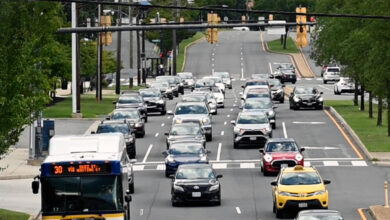Discover Innovative Electric Vehicles Sunday, June 4 at Chinquapin Park in Alexandria

ALEXANDRIA, VA – Want to purchase an electric vehicle or learn more about them? On Sunday, June 4 from 10 a.m. to 1 p.m., the city’s Office of Climate Action is hosting the Electric Vehicle Showcase at Chinquapin Park (3210 King St.).
The Alexandria eNews bulletin about the event says: “The EV Showcase is a great opportunity to learn about different types of EVs we have in our community. Come by and talk to EV owners in Alexandria and take a look inside their vehicles, tour an electric DASH or Alexandria City Public School (ACPS) bus, and take a spin on an eBike or scooter!”
Originally scheduled for April, it was postponed due to inclement weather.
For more information and to request reasonable accommodations due to a disability, contact Amy Posner at [email protected]. Reasonable accommodations can also be requested by calling 703-746-3916, Virginia Relay 711.
Pride Fair Kicks Off LGBTQ+ Pride Month in Alexandria June 3




